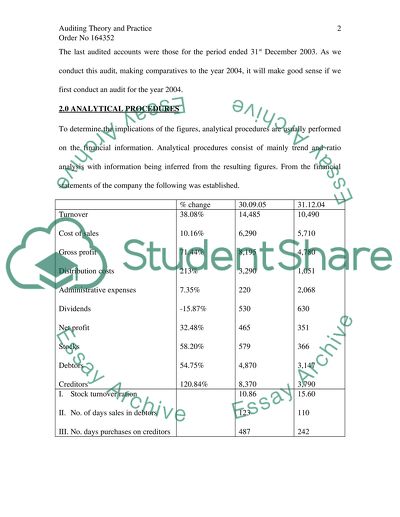Cite this document
(“Auditing Theory And Practice Essay Example | Topics and Well Written Essays - 2500 words”, n.d.)
Auditing Theory And Practice Essay Example | Topics and Well Written Essays - 2500 words. Retrieved from https://studentshare.org/finance-accounting/1511966-auditing-master-essay
Auditing Theory And Practice Essay Example | Topics and Well Written Essays - 2500 words. Retrieved from https://studentshare.org/finance-accounting/1511966-auditing-master-essay
(Auditing Theory And Practice Essay Example | Topics and Well Written Essays - 2500 Words)
Auditing Theory And Practice Essay Example | Topics and Well Written Essays - 2500 Words. https://studentshare.org/finance-accounting/1511966-auditing-master-essay.
Auditing Theory And Practice Essay Example | Topics and Well Written Essays - 2500 Words. https://studentshare.org/finance-accounting/1511966-auditing-master-essay.
“Auditing Theory And Practice Essay Example | Topics and Well Written Essays - 2500 Words”, n.d. https://studentshare.org/finance-accounting/1511966-auditing-master-essay.


